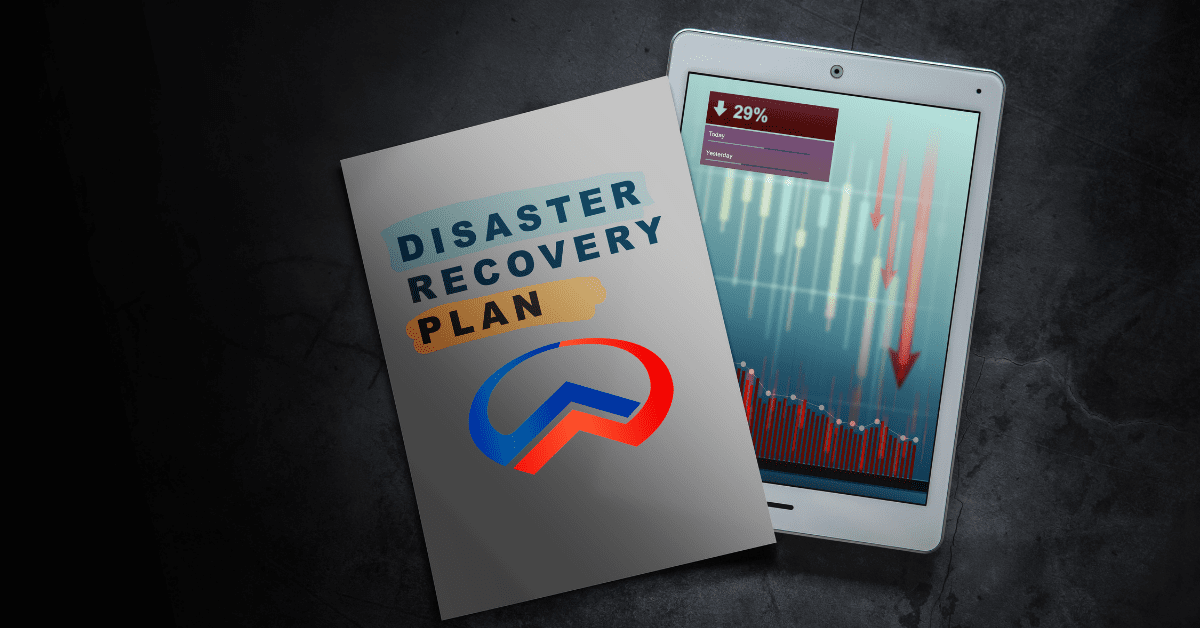2020 brought with itself many changes for companies and introduced modern ways of work for employees. Organizations had no choice but to shift their work styles and digitalize their operations to adapt to this change.

This called for the smooth running of systems and apps round the clock to maintain business continuity. Consequently, the need for risk assessment and disaster recovery plans is also on the rise with this new business demand, as they ensure smooth recovery processes and continuity of operations. What is covered in a disaster recovery plan and how it helps:
1. Asset Management
Auditing and documenting all business assets lead you to improved scalability and added discernibility into total operating expenses. It helps in drafting your DRP, you can start with taking stock and documenting your critical hardware/software for the business, all at once. This covers all network components, all of your IT systems, hardware, software, and relevant business databases.
2. Identifying RTO and RPO
Establish Recovery Time Objective (RTO) and Recovery Point Objective (RPO) when deploying disaster recovery plan. The RTO is a pre-established deadline for a business that helps in recovery when faced with an outage. This can be measured in hours, days, or weeks. The RPO on the other hand deals with loss tolerance. This is measured by the amount of data lost. RTO and RPO are important metrics that help understand various parts of your disaster recovery plan. Since RTOs and RPOs change regularly, it is important to audit them often and stay updated.
3. Collect and Audit SLA Agreements
Having a thorough knowledge of SLAs and a share of responsibilities in the aftermath when working with third-party service providers is important in the case of an outage.
4. Choose and Establish a Disaster Recovery Site
Building a disaster recovery site in a remote location helps in managing backups and restoring IT infrastructure after an outage.
5. Establish Personnel Roles
It is best to assign roles and train employees to deal with specific emergencies. This will be a critical step in streamlining communication and setting DRP processes after an outage.
6. Build a Communication Plan
This goes without saying after assigning the roles to employees. They will expect clear communication on do's and dont's in an emergency scenario so recovery efforts are not compromised. In addition to employees, communication should be extended to vendors, partners, and even customers to keep them informed at all times.
7. Disaster Recovery Protocols List
List all of your disaster recovery protocols. This can be your go-to-guide with \ list of all important instructions for resuming operations in accordance with RTO and RPO.
8. Regular Testing
Infrastructure needs are constantly changing for many growing organizations, it is thus important to manage regular testing that includes auditing and testing your DRP to make sure it is working efficiently.
A disaster recovery plan is vital to your company’s continued growth. Annexus Technologies will assist you in creating a comprehensive recovery plan to minimize the negative effects that occur following a disaster. To learn more, give us a call at 919-646-2191 or send us an email:
